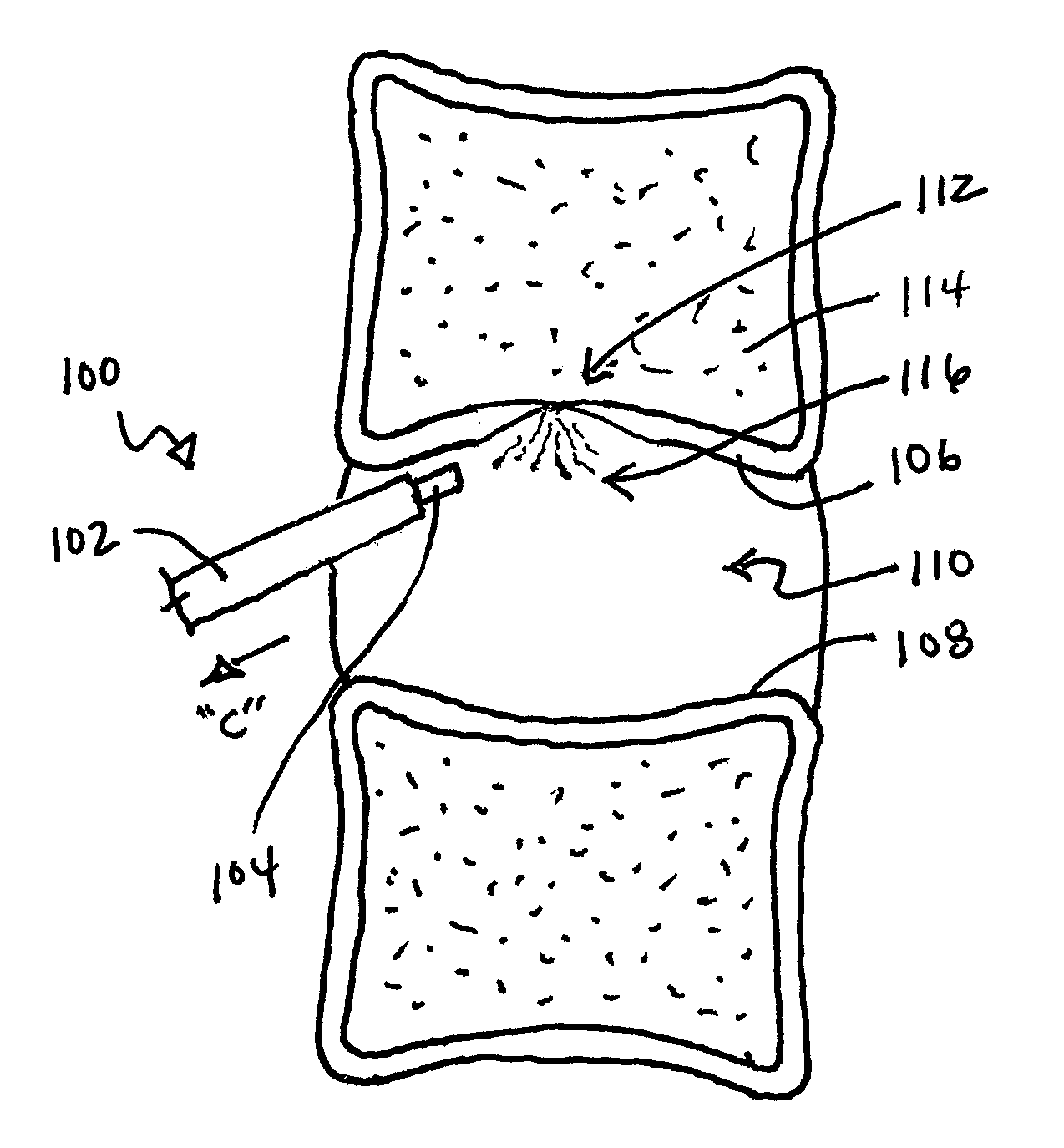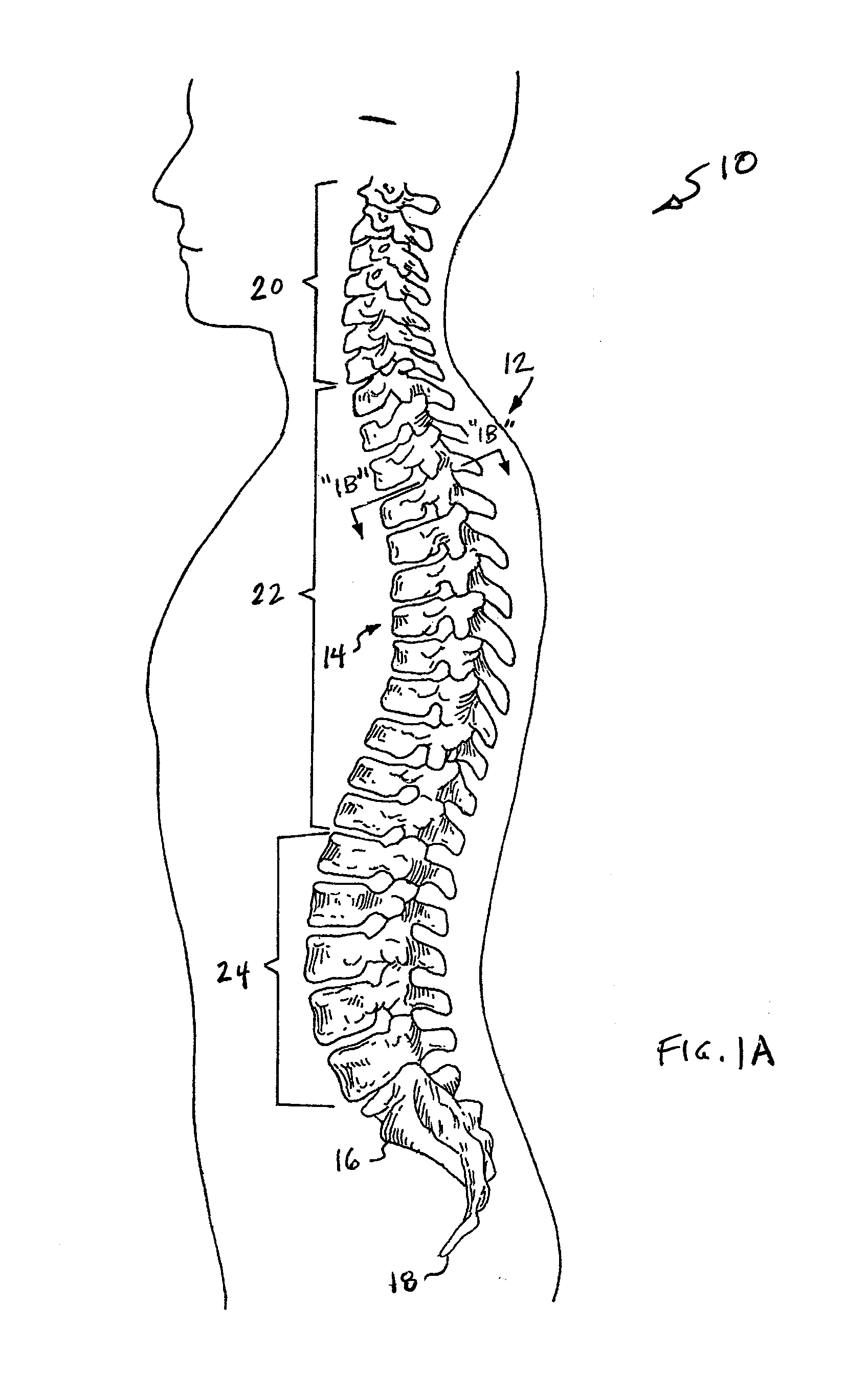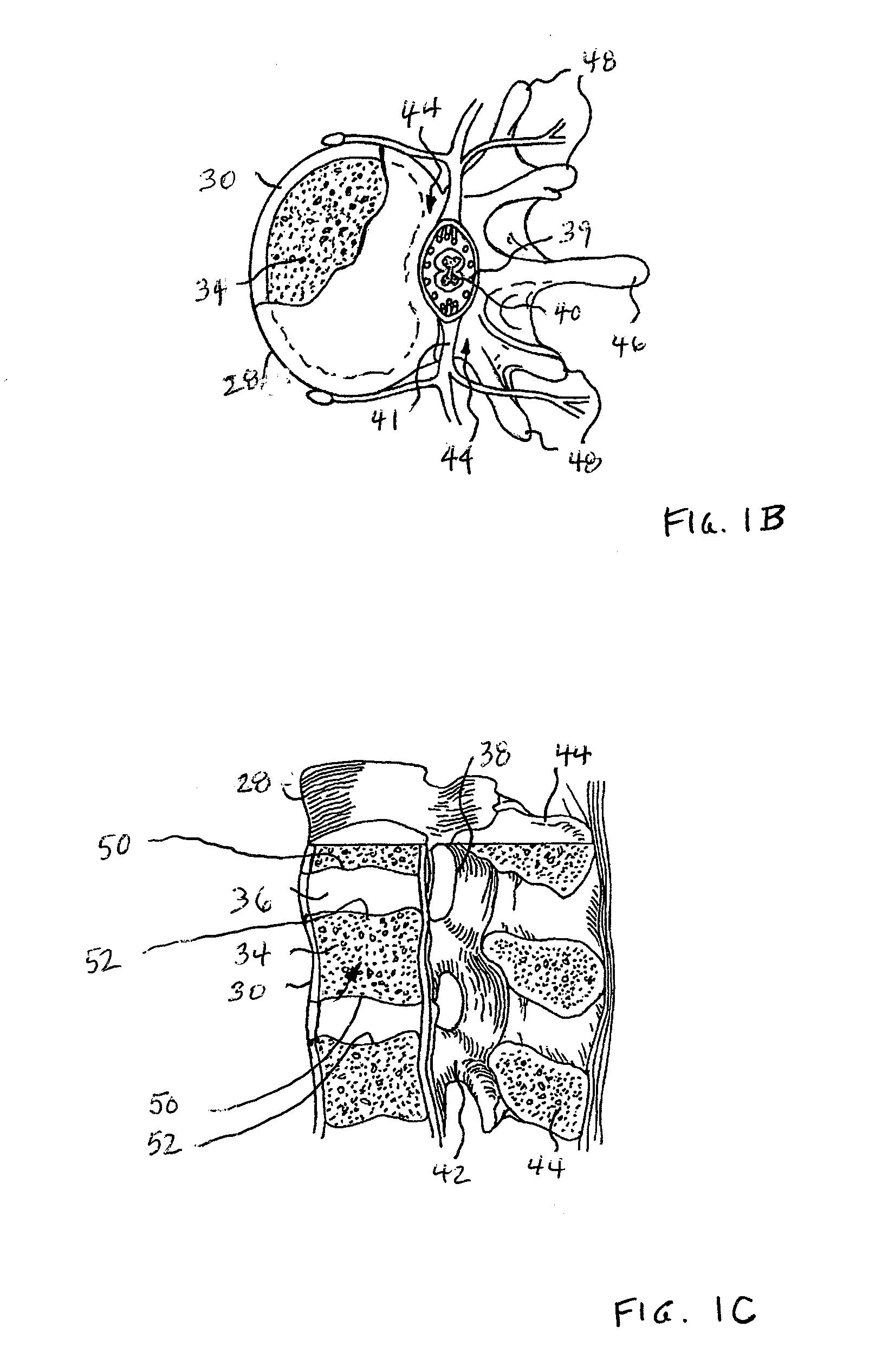Preparation Tools and Methods of Using the Same
a technology of end plates and tools, applied in the field of instrumentation systems and methods, can solve the problems of reduced productivity, unsatisfactory outcomes, and reduced work time and significant health care costs, and achieve the effect of maximizing the surface area of the end plates engaged
- Summary
- Abstract
- Description
- Claims
- Application Information
AI Technical Summary
Benefits of technology
Problems solved by technology
Method used
Image
Examples
Embodiment Construction
[0120]As described above, the present invention relates to tools and methods for NIS treatment of the intervertebral disc, DDD, and associated pathologies including disc related pain. In one embodiment, a tool is inserted to into the disc space and manipulated to engage the disc material and the superior and / or inferior end plate. The tool may be manipulated to disrupt the disc material, disrupt or remove the fibrocartilage layer of the end plates and create a roughened and bleeding surface on the end plates. The tool, if steerable, may be manipulated to maximize the surface area of the end plates engaged by the tool.
[0121]Referring to FIGS. 3 and 4, an exemplary method of using a tool according to the invention is illustrated. Tool 100 includes a delivery device 102 and a preparation or engaging device 104. The delivery device 102 can be a needle, cannula or other tube-like structure that has an internal channel through which the preparation or engaging device 104 can be inserted. ...
PUM
 Login to View More
Login to View More Abstract
Description
Claims
Application Information
 Login to View More
Login to View More - R&D
- Intellectual Property
- Life Sciences
- Materials
- Tech Scout
- Unparalleled Data Quality
- Higher Quality Content
- 60% Fewer Hallucinations
Browse by: Latest US Patents, China's latest patents, Technical Efficacy Thesaurus, Application Domain, Technology Topic, Popular Technical Reports.
© 2025 PatSnap. All rights reserved.Legal|Privacy policy|Modern Slavery Act Transparency Statement|Sitemap|About US| Contact US: help@patsnap.com



